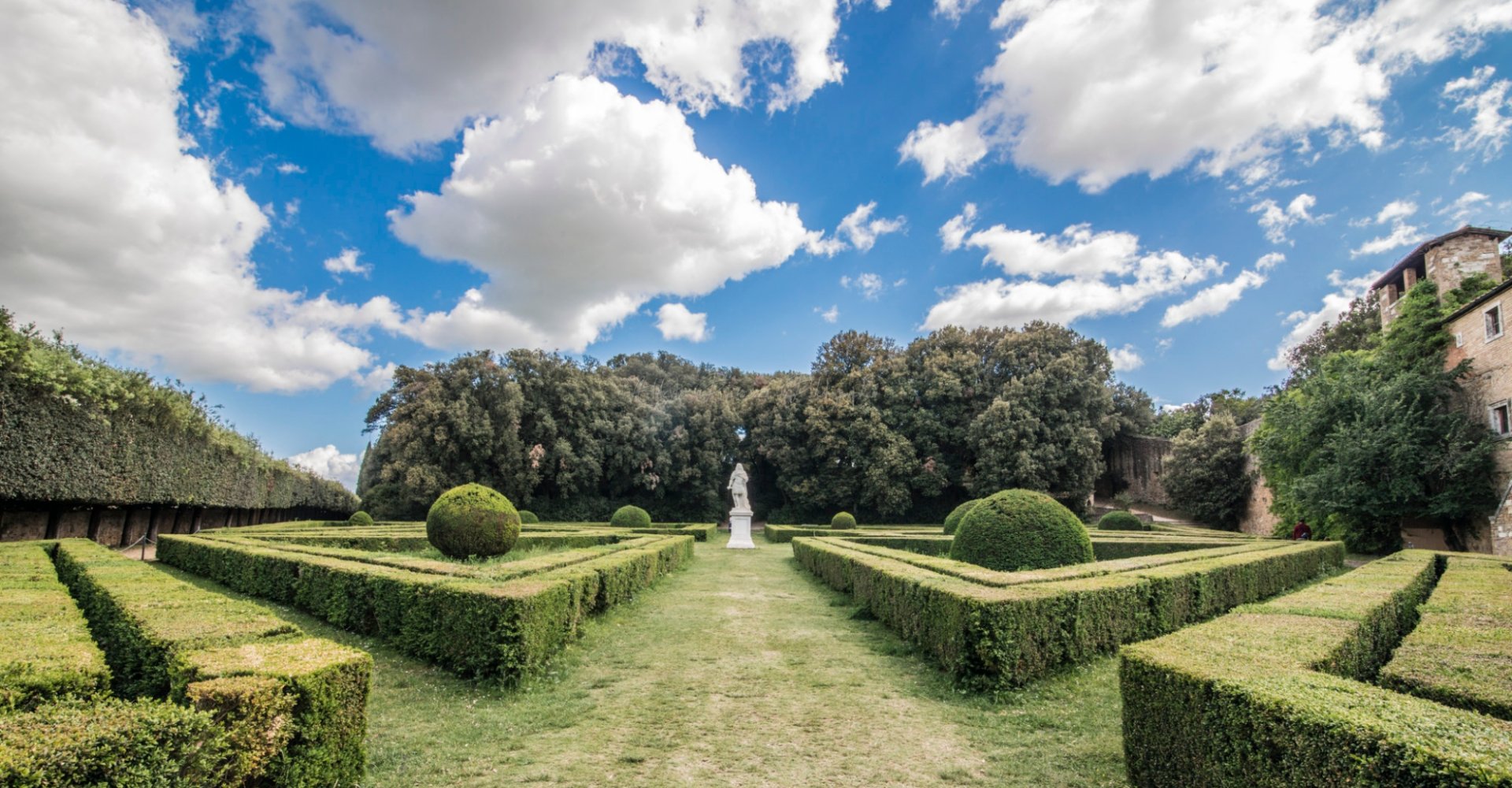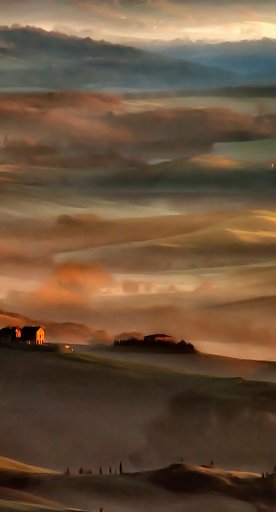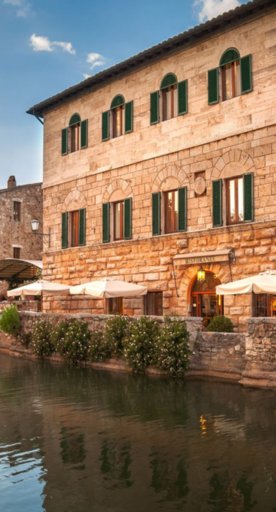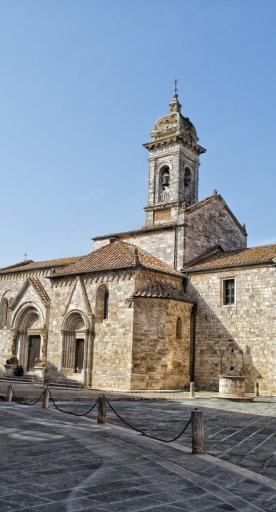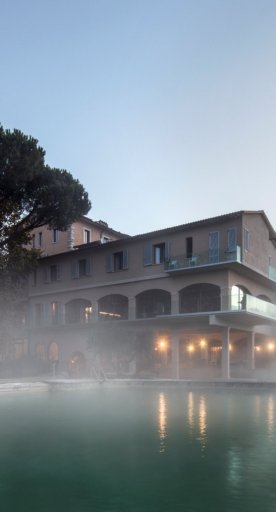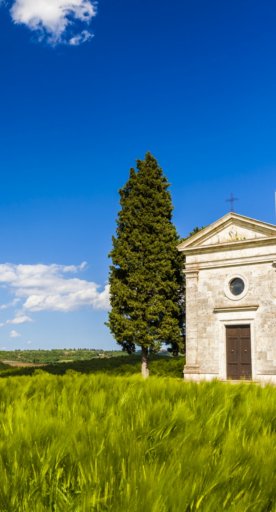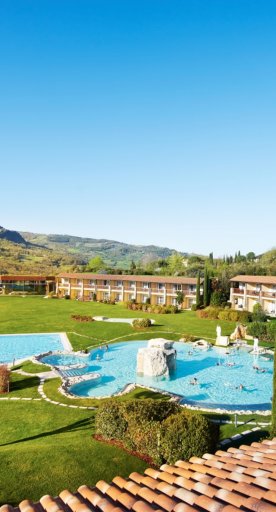Horti Leonini of San Quirico d'Orcia
An exemplary model of an Italian-style garden
Leoni was a devotee of ancient and Renaissance art who purchased works in Roman circles on behalf of the Medici: it was Francesco I de' Medici himself who gave him a patch of land in the heart of San Quirico d'Orcia, where the Horti, which still retain their original appearance today, would later be built.
The gardens are divided into two zones: the lower, in the form of a rhombus, is enclosed by walls and pruned holm oaks and consists of triangular flowerbeds bordered by a double box hedge. In the center, a sculpture attributed to the artist Bartolomeo Mazzuoli from Siena depicts Cosimo III de' Medici (1688).
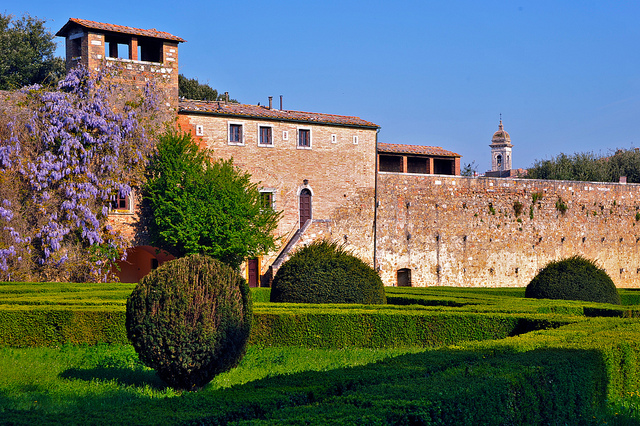
In the other area, we find the head of the "two-faced Janus," a sculpture dating back to Roman times symbolically placed at the boundary between the wilder and more geometric parts of the gardens. A travertine staircase leads to the upper square, on which the medieval Cassero tower once stood, which was destroyed during World War II and of which only the ruins remain today. Finally, the avenue on the left side of the city walls leads to a small area planted with rose bushes.
Since 1971, the gardens have hosted the sculpture exhibition "Shapes in the Green," a world-renowned event which aims to unite not only the great names in contemporary sculpture, but also represent emerging young artists.
The Horti Leonini, which bears a splendid witness to 16th-century art, still contributes to making Diomede Leoni one of the most famous names of the Tuscan Renaissance.
